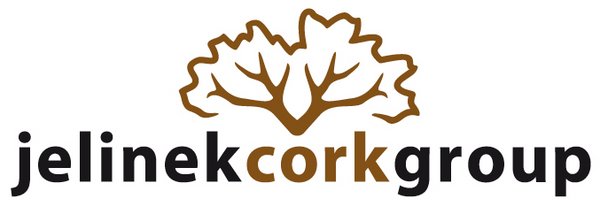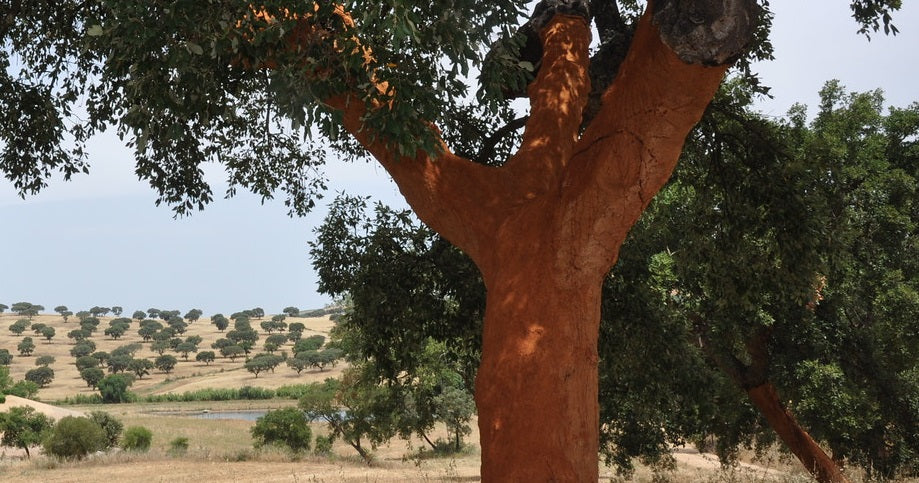
Shop by Category
-
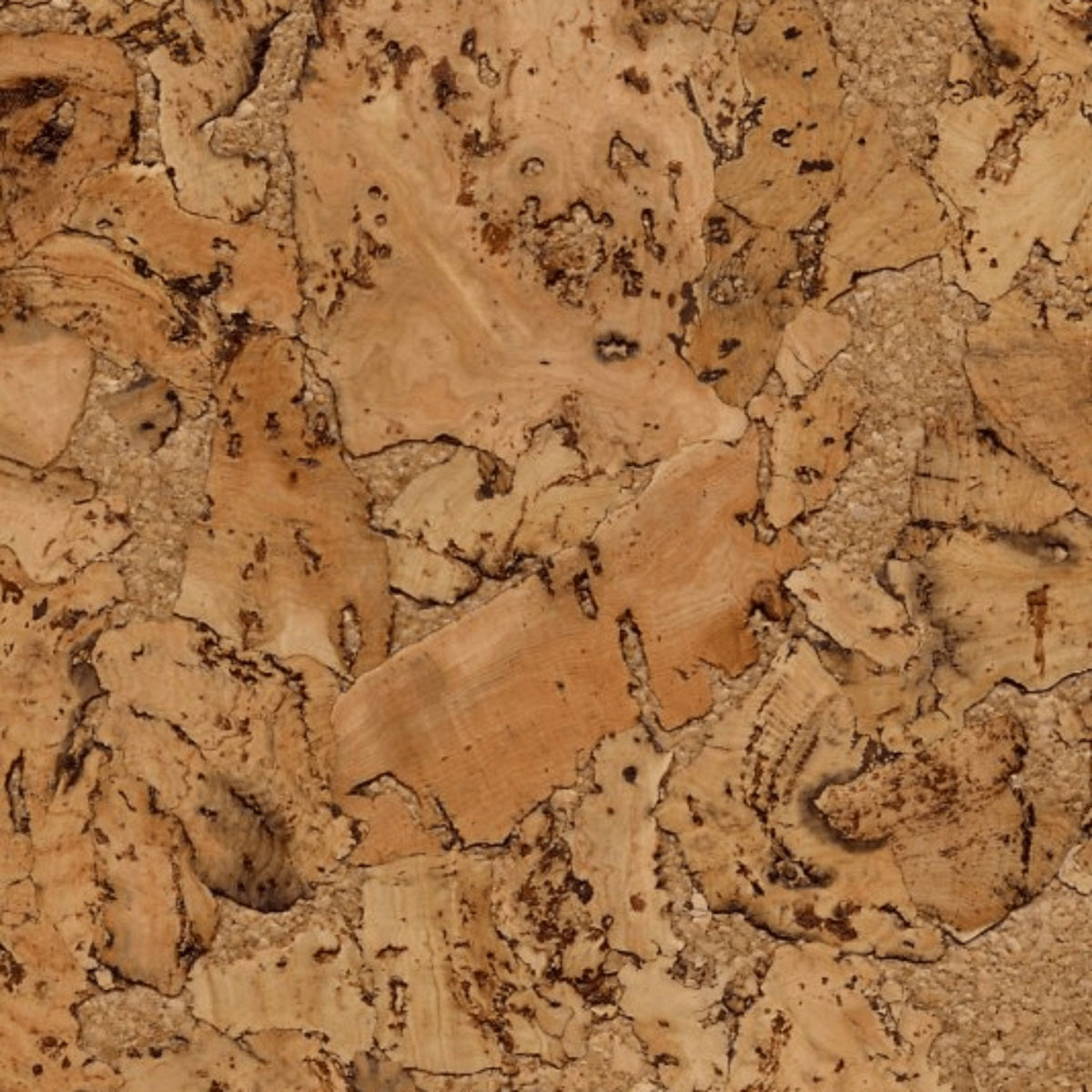
Wall & Ceiling Coverings
Cork wall and ceiling coverings are a naturally decorative, functional, and eco-conscious...
-

Cork Flooring
Eco-friendly cork floors are warm, comfortable, and provide excellent insulation against temperature...
-

Rolls & Sheets
Cork rolls & sheets, derived from natural cork grains, retain the majority...
-
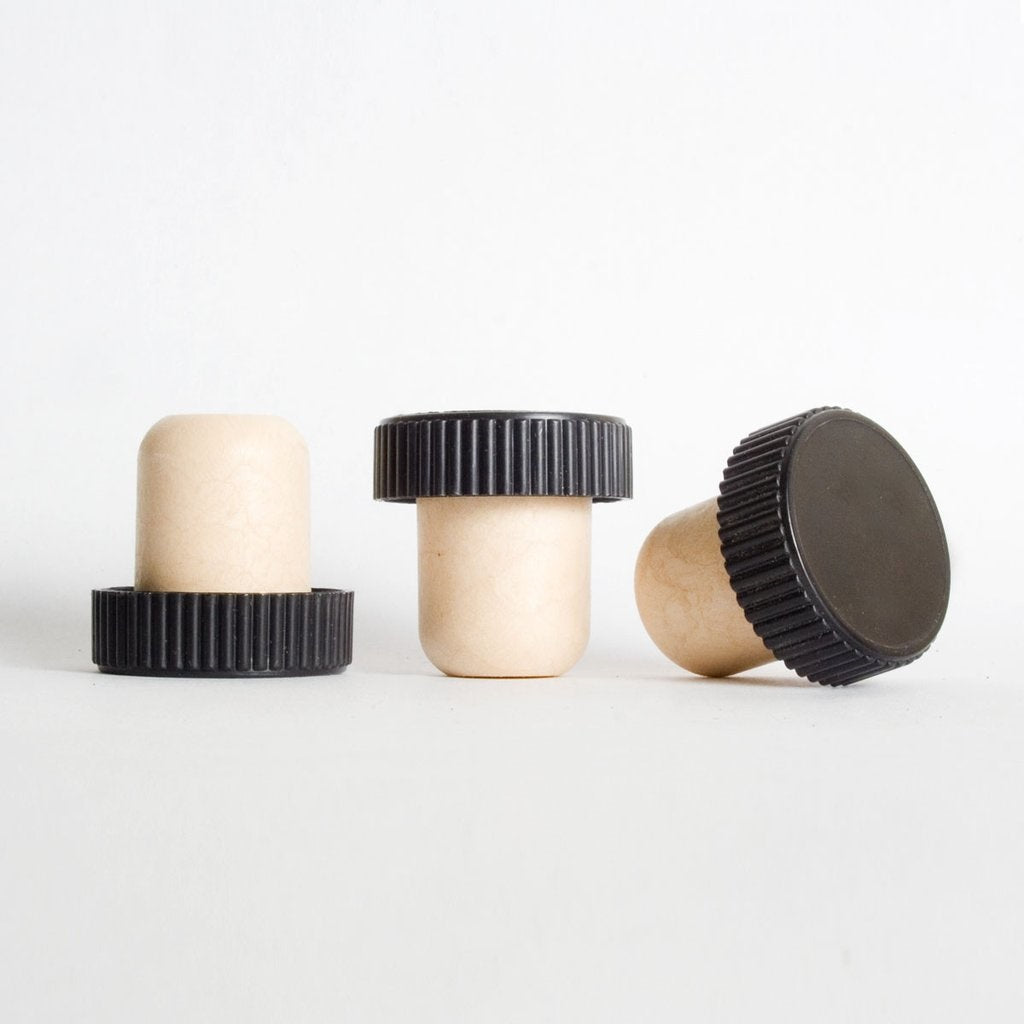
Stoppers, Closures & Supplies
Cork has been the preferred material for stoppers & closures in various...
-
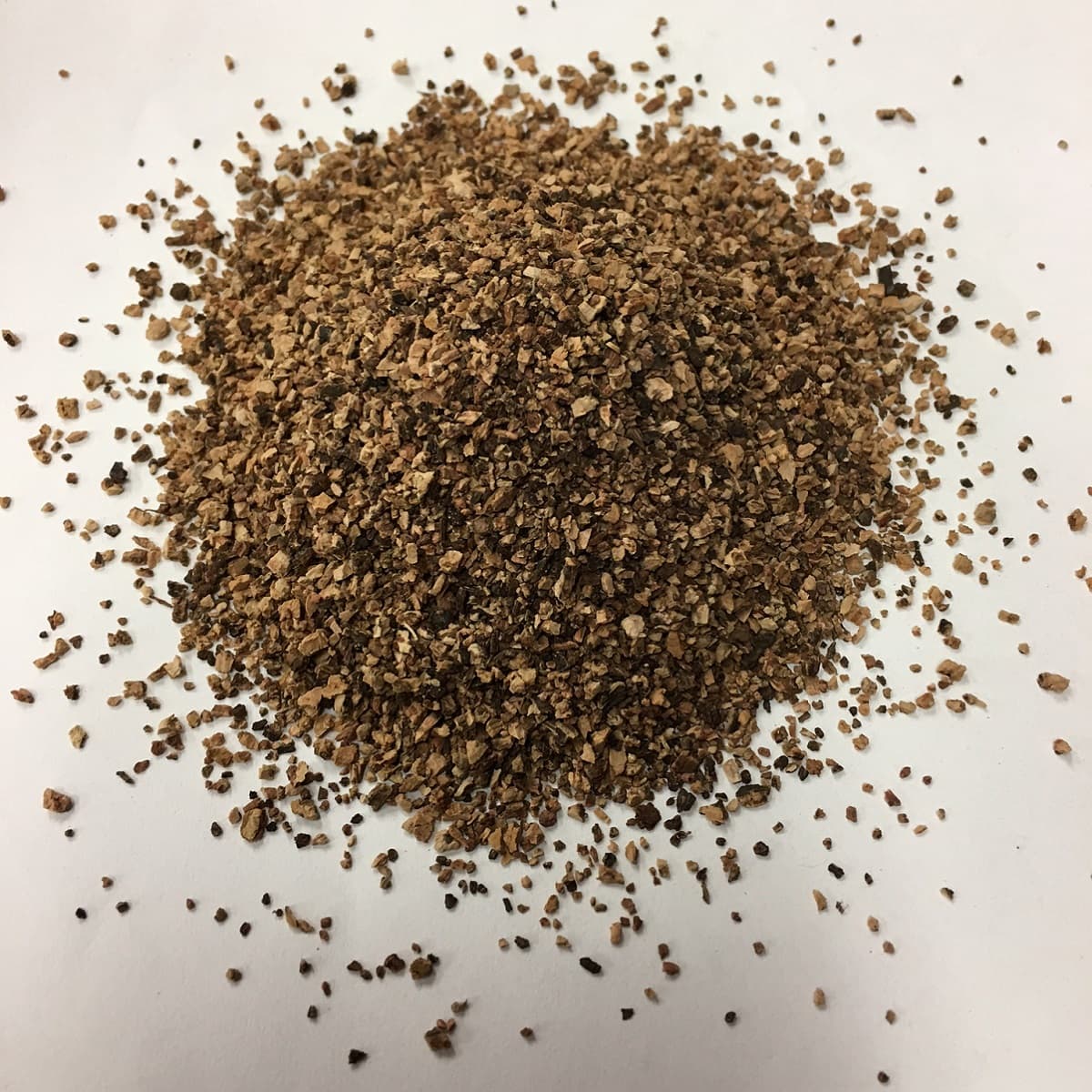
Granulated Cork
Lightweight and natural, granulated cork has versatile applications across industries. It is...
-
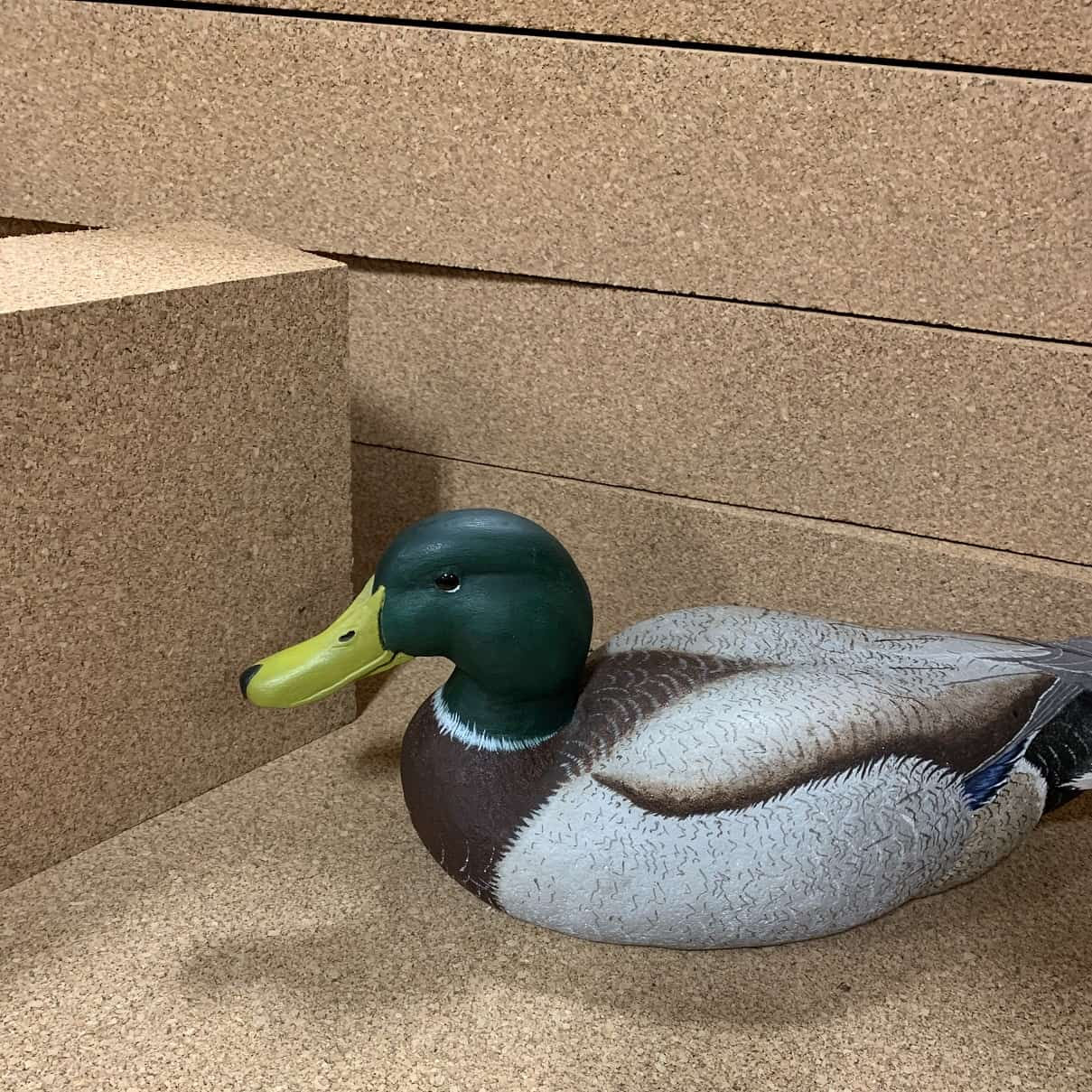
Yoga Blocks and Carving Blocks
Cork blocks offer versatile support for both creative and wellness needs. Use...
-
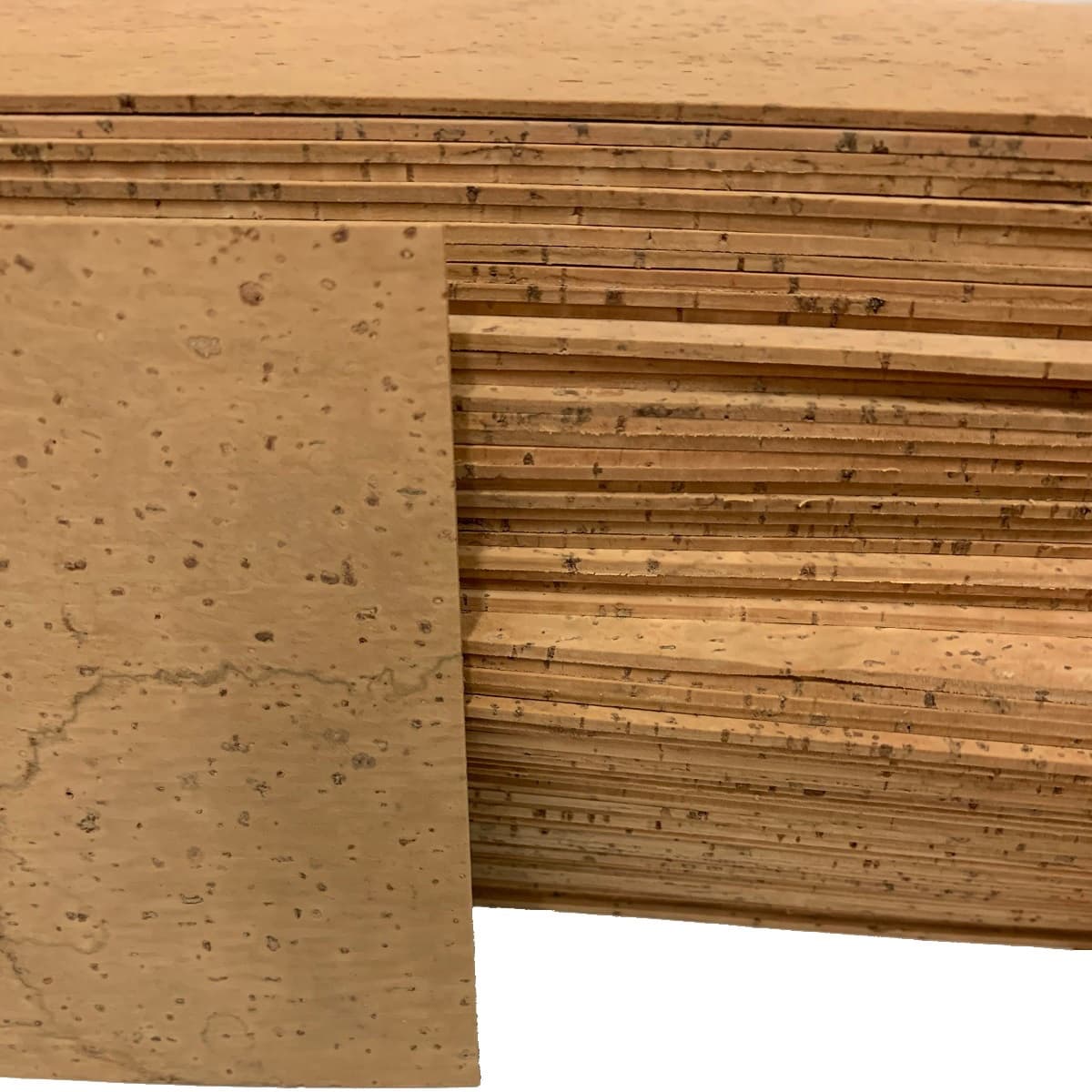
Specialties
Jelinek Cork works with many industries for their specific cork requirements. Some...
-
TRADITION
About UsJelinek Cork Group, established in 1855, is one of the oldest continually active cork companies in the world.
-
Tradition & Innovation since 1855
-
Supplying the World with Cork
-
The Cork Harvest: The Process
Read nowCork bark harvesting occurs in the summer months (May-August), taking advantage of the hot dry Mediterranean summers. The timing of the harvest is crucial as it allows the bark to regrow as the outer layers are harvested during the tree's growth period.
-
The Cork Harvest: The People
Read nowThe cork harvest has deep roots in tradition and family. It involves the careful removal of bark from the cork oak tree which, when done with the necessary care and precision, does not harm the tree. This careful process wouldn’t be possible without the highly skilled individuals in the cork harvesting industry.
-
Cork and The Environment
Read nowThe cork oak tree (Quercus suber) is a fascinating species that thrives on the Mediterranean Coast. The cork oak tree has a unique bark structure, allowing the outer two layers of bark to be harvested while the inner layer regrows, a process that protects the tree and makes it a sustainable resource.
-
The Cork Bark Lifecycle
Read nowThe cork oak tree is one of the few trees that can survive its bark being harvested. In fact, the cork oak tree doesn't just survive harvesting; it actually thrives. When its bark is harvested, the tree kicks on the afterburners. The tree increases the amount of CO2 it absorbs and turns that photosynthetic energy into regrowing the bark.
